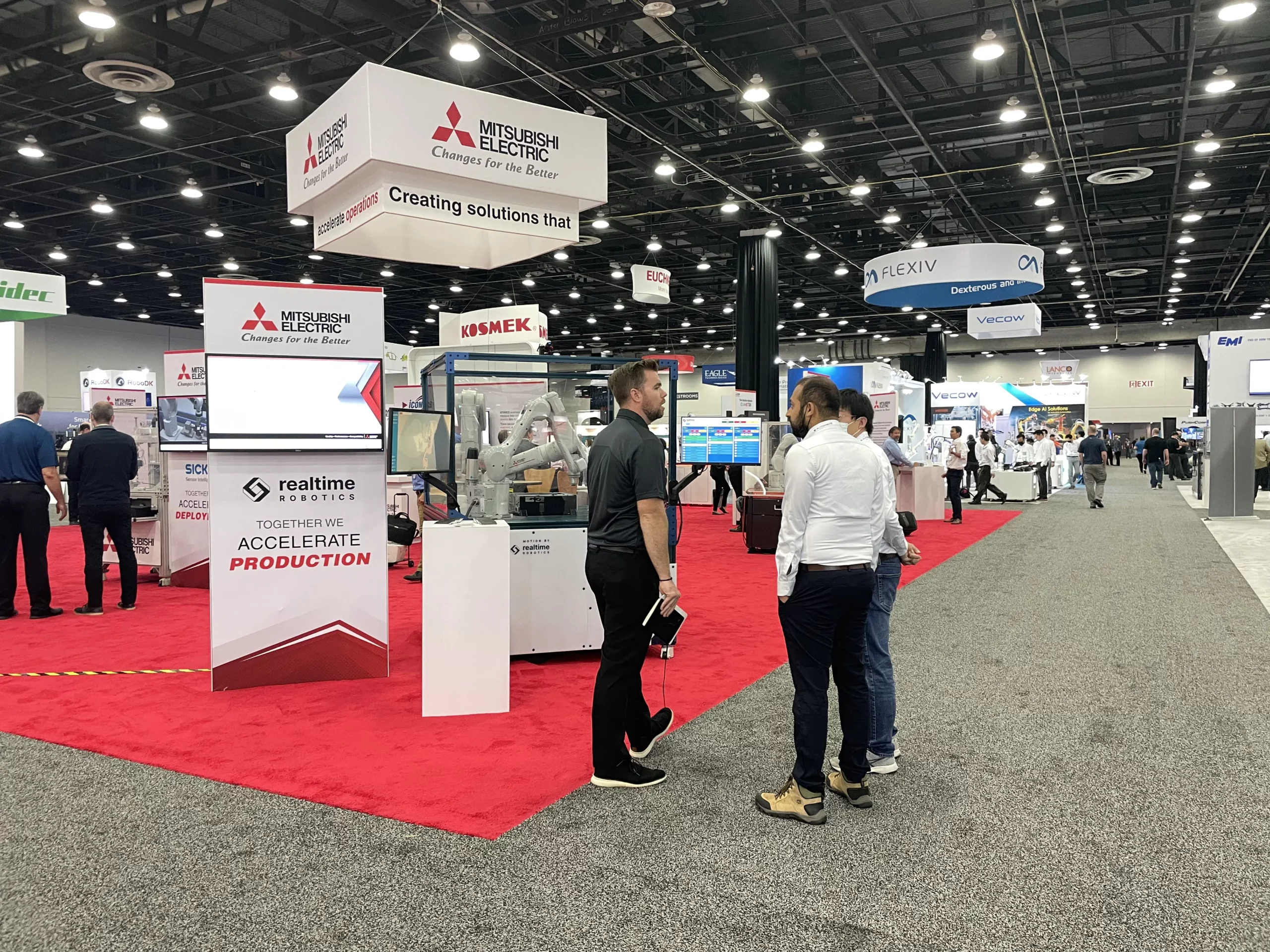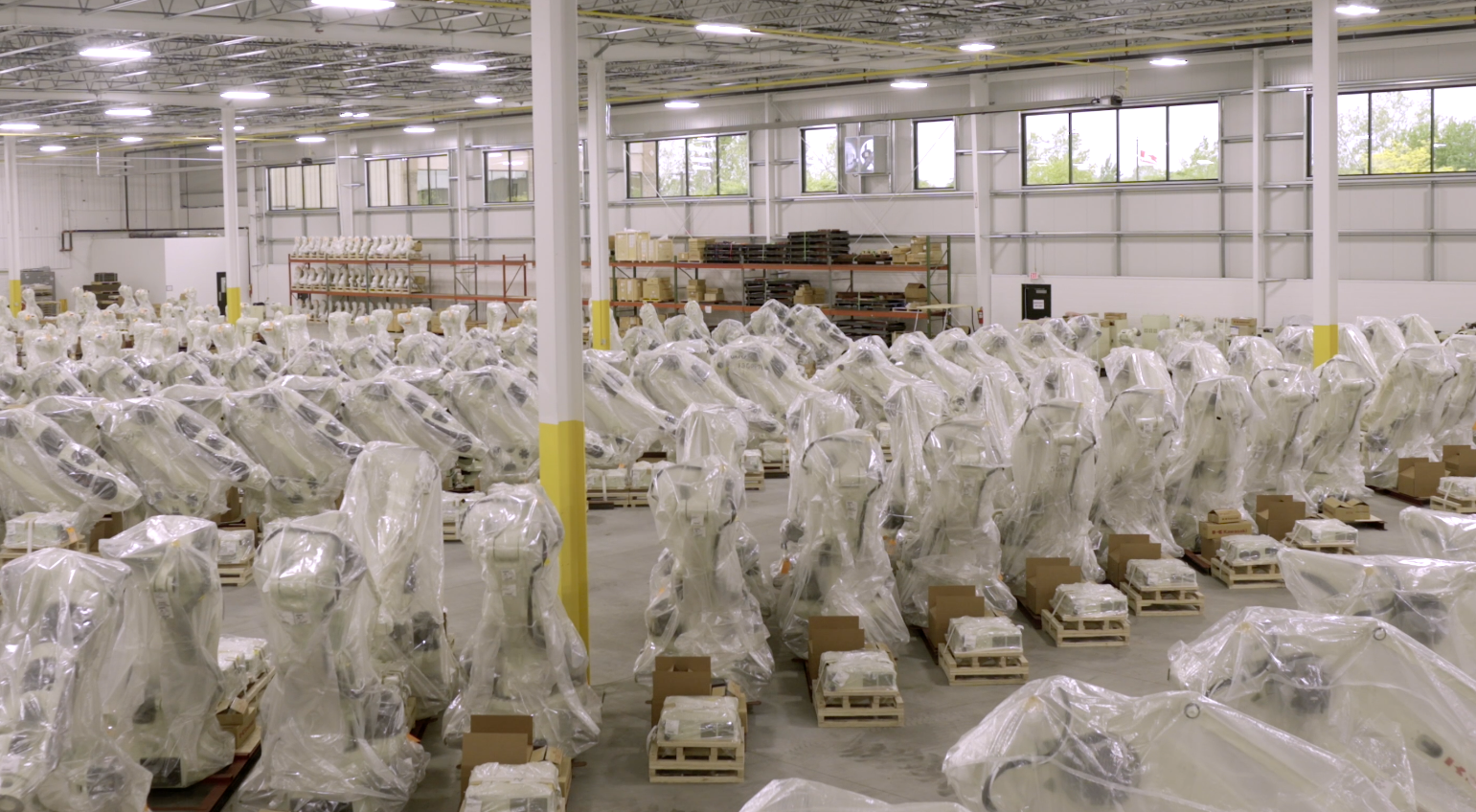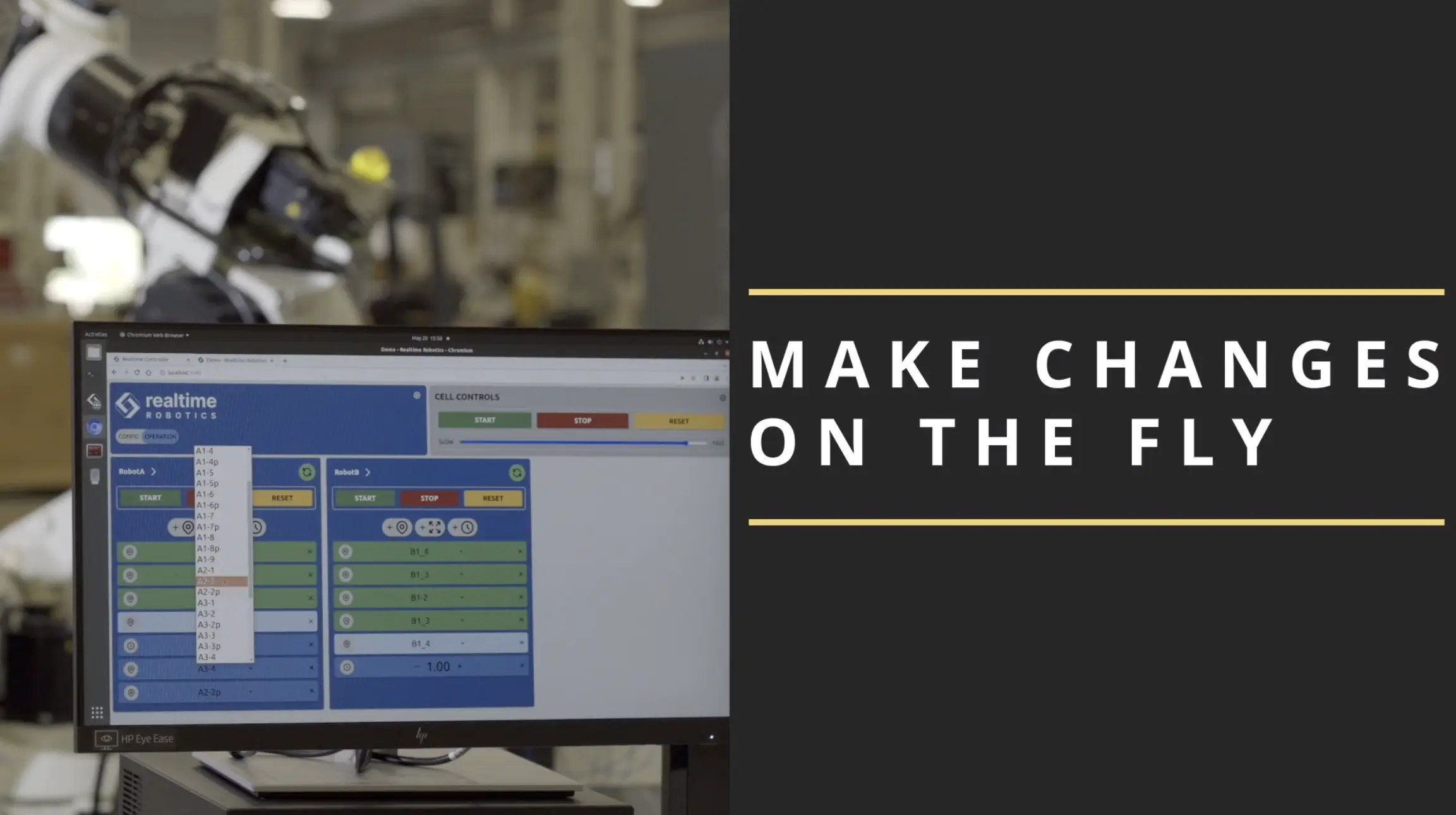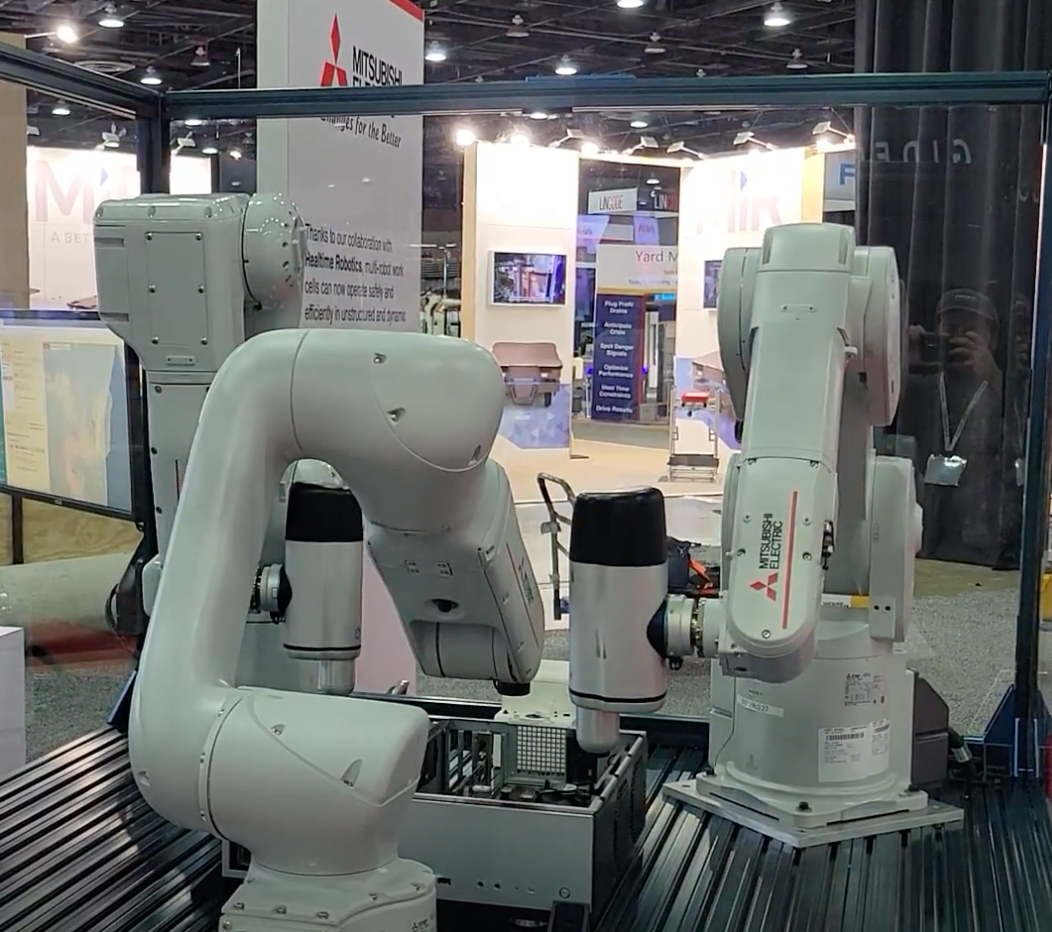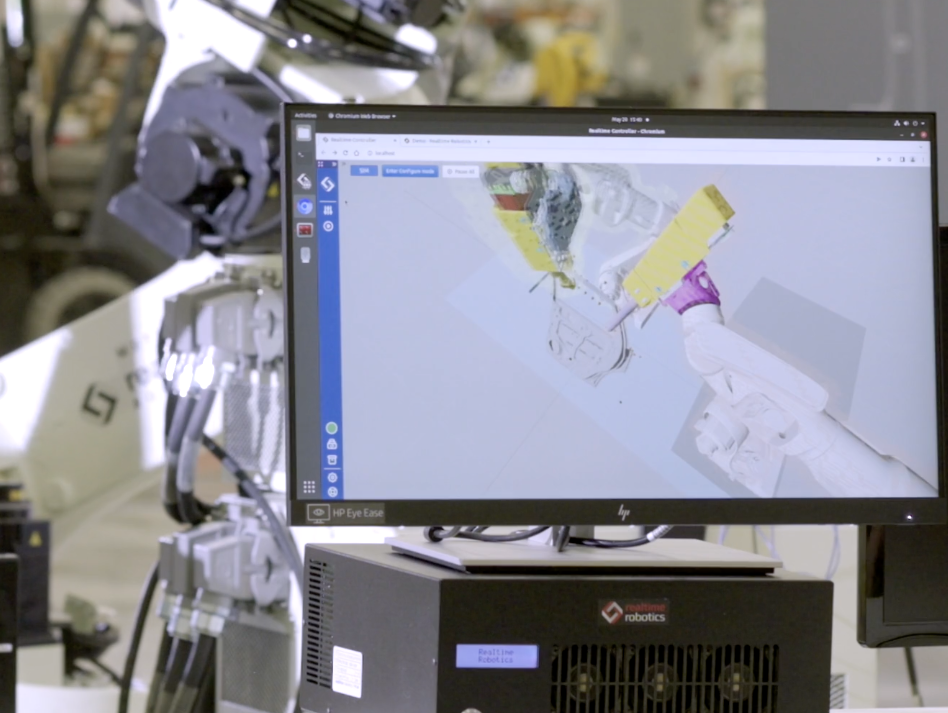Investment to Help Company Further Scale to Meet Growing Demand for Its Innovative RapidPlan Motion Planning Software
BOSTON – September 8, 2022 –Realtime Robotics, the leader in collision-free autonomous motion planning for industrial robots, today announced that it has secured $14.4 million in additional funding, with Soundproof Ventures, Heroic Ventures and SIP Global Partners as lead investors.
The funding comes on the heels of the official launch of the company’s new RapidPlan software, which helps manufacturers design and deploy industrial automation faster and more efficiently. With RapidPlan, customers can automate the programming, deployment and control of their industrial robots within applications such as automotive or logistics, autonomously creating and choreographing all robot movements without the need for brand-specific robot programming.
Within RapidPlan’s software environment, users create a digital twin simulation of their workcell and then simply point and click on robots and target points to visualize collision-free task plans, saving weeks to months of programming time per project. The same software used for the simulation environment controls real-world robots.
“We have seen a tremendous industry response to the launch of RapidPlan and its ability to make collision-free operations a reality for industrial robotics, speeding programming time and increasing throughput,” said Peter Howard, CEO of Realtime Robotics. “We’ve recently pivoted away from hardware to pure software, making it even easier for all customers and partners to integrate our revolutionary technology within their existing stack and workflows. This latest round of funding will assist us in scaling to meet demand.”
Recent research indicates that more than 80% of warehouses today lack any type of automation. By combining that statistic with research by the Material Handling Institute stating that robotics adoption in warehouses will increase by more than 50% over the next five years – and news that robot sales had their strongest year ever last year – it becomes clear that there is a massive market opportunity available. Technology that can help streamline and optimize the use of industrial robotics in both logistics and manufacturing will be critical to companies looking to quickly drive ROI from their new robotics investments.
“As supply chains are increasingly taxed, industry craves efficiency,” added Michael Silverstein, Managing Partner of Soundproof Ventures. “By automating the most challenging and costly aspects of operating industrial robots, Realtime Robotics enables customers to unlock the promise of automation and drive output well beyond what has ever been conceived.”
“Realtime Robotics’ motion control software enables major cost savings, flexibility and process efficiency gains at the world’s largest and most sophisticated robotics installations,” stated Jeffrey Smith, General Partner, SIP Global Partners. Seamless programming, automated rollout and conflict resolution will drive large scale adoption and ROI. We look forward to working closely with Realtime as they deploy their uniquely innovative solutions globally.”
Realtime Robotics will apply the new funds to help the company continue to scale and meet the growing industry demand for RapidPlan. It will also be used to invest in overall engineering development and to enable additional enhancements to its core software.
“Watching Realtime Robotics’ software guide robot motions was a thing of beauty. The robots were interacting with each other, and were not crashing,” said Greg Tormanen, Automotive Body and White Engineering Manager at Kawasaki Robotics. “It has taken operators years of practice to become skilled enough to make robot motion and planning both efficient and effective. Realtime’s technology decreases the amount of time it takes to perform the task, enabling those with less experience to realize the same results. This level of interaction is simply impossible with human programming.”
The ability of Realtime Robotics RapidPlan software to help organizations optimize their robot programming and deployment, improving their efficiency and effectiveness, was recently on display at the Automate 2022 conference. Interactive demos of RapidPlan in use with partners Kawasaki Robotics Inc. and Mitsubishi Electric Automation were shown at the event, and the technology will be on display again at the International Manufacturing Technology Show (IMTS) 2022, taking place next week, from September 12-17, 2022, in Chicago, IL. You can read more about RapidPlan by visiting: https://rtr.ai/meet-rapidplan/.
About Realtime Robotics
Realtime Robotics technology generates collision-free motion plans in milliseconds for industrial robots and autonomous vehicles. Its solution empowers robots to function together in unstructured and collaborative workspaces, as well as to react to dynamic obstacles the instant changes are perceived. Its solutions expand the potential of automation.
# # #
For More Information
Iryna Hlushakova
Director of Marketing, Realtime Robotics
P: +1.617.302.6330
E: iryna@rtr.ai
